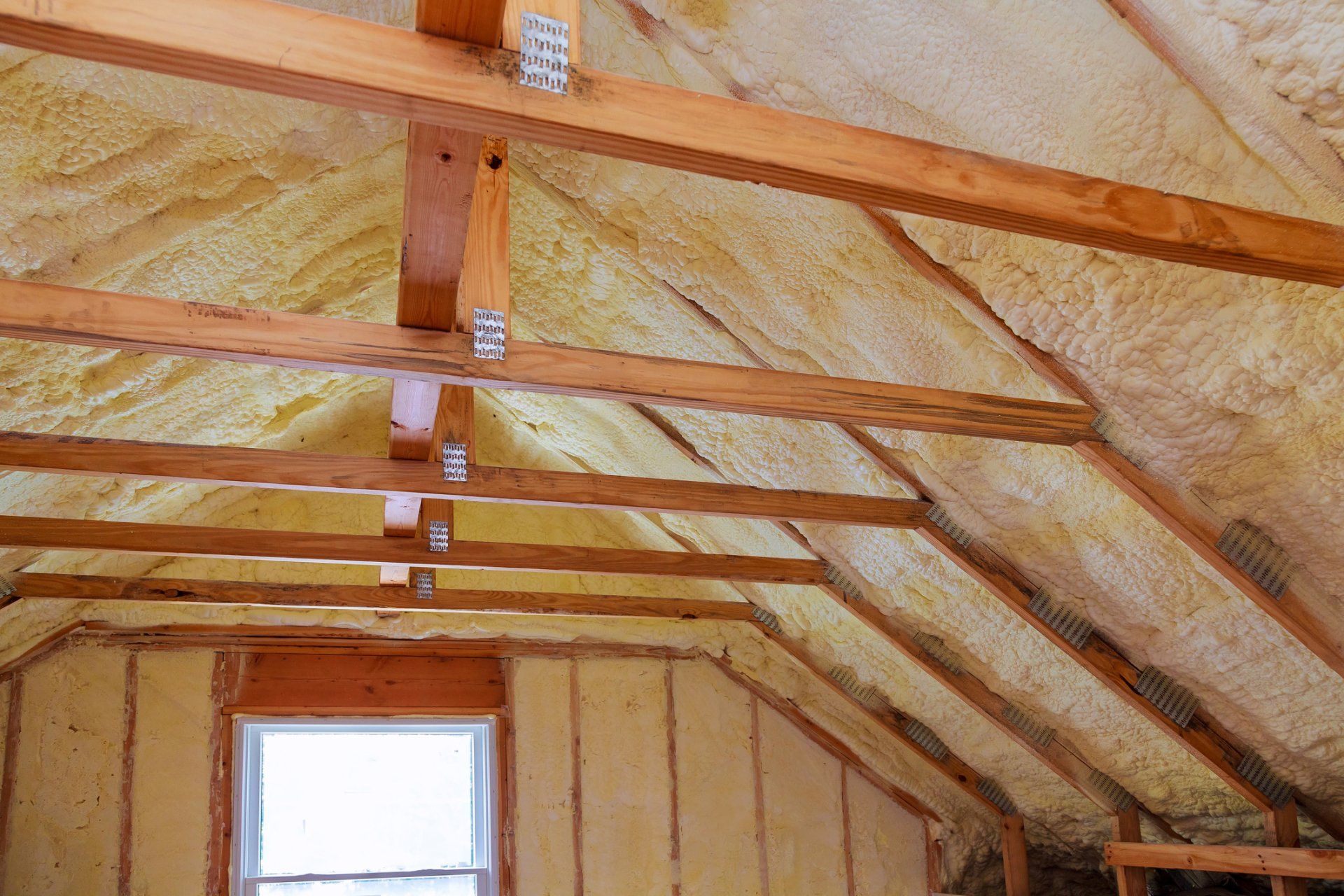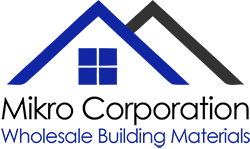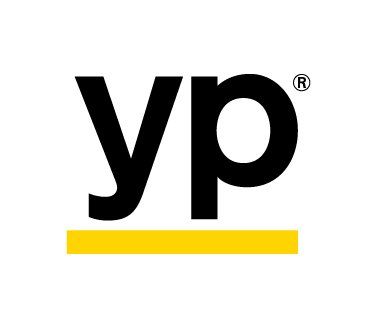5 Types of Home Insulation

Whether you're having a new home built from scratch or you plan to beef up your home's existing insulation, it pays to understand how different types of insulating materials work and when you might choose one over the other. Take a look at five common insulating materials and their respective properties.
1. Fiberglass Insulation
When you think of home insulation, you may automatically think of large swaths of pink material resembling cotton candy. This material, fiberglass insulation, has found its way into countless home and commercial construction projects. It offers both acoustic and thermal insulation at a lower cost than other insulation options.
Pre-cut batts or cut-to-fit rolls of fiberglass insulation allow installers to cover large areas of walls and attics in a relatively short time. Your installer may also make use of blown-in fiberglass insulation. This technique blows loose-fill fiberglass into small gaps or hard-to-reach horizontal spaces, minimizing any thermal leakage.
2. Mineral Wool Insulation
Insulation batts, rolls, and blown-in products don't always contain fiberglass. Depending on your budget and your specific insulating needs, your installer may recommend an alternative known as mineral wool or rockwool. While fiberglass consists of spun glass, mineral wool consists of spun volcanic rock called basalt.
Mineral wool costs slightly more than fiberglass, but it offers some interesting features that might make it preferable for your project. In addition to its exceptional ability to block sound, it also melts at 3,000 degrees Fahrenheit as opposed to 1,000 degrees Fahrenheit for fiberglass, thus offering superior fire protection.
3. Loose-Fill Foam and Cellulose Insulation
You can also insulate a home, or enhance that home's existing insulation, by adding layers of either polyurethane plastic foam or loose-fill cellulose insulation. You can blow either of these products into small spaces or over your current insulation panels, where they simply harden into place as an extra thermal barrier.
Your polyurethane foam's R-value (a measure of thermal resistance) will depend on your choice of open-cell or closed-cell foam. Open-cell foam allows more heat and moisture to pass through it than the denser closed-cell foam. Your contractor can help you determine which type of product makes more sense for your project.
Loose-fill cellulose insulation consists of organic material ranging from recycled newspaper to fragments of cotton jeans, mixed with a chemical adhesive. It makes an attractive alternative to plastic foam for homeowners who wish to make greater use of sustainable materials.
Cellulose's R-value comes close to that of polyurethane. Both of these materials can also help reduce noise transmission and dampen vibrations.
4. Foam Board Insulation
Insulation also comes in the form of rigid foam board panels. Foam board resists water so well that installers often use it to insulate areas vulnerable to moisture infiltration, including foundations and basements.
Foam board comes in different formulations, each with its own range of insulating power. The most affordable version, expanded polystyrene, also has the lowest R-value. Installers usually use boards made of extruded polystyrene for most applications. Areas requiring the highest R-values receive thick layers of polyiso board.
5. Radiant Barrier Insulation
Radiant barrier insulation works somewhat differently than other forms of insulation. Instead of reducing the flow of heat from one area to another, it focuses on reducing the heat gain by reflecting the thermal energy away from the protected surface. It does this with the aid of a shiny metallic coating.
Radiant barrier materials typically feature a base layer of plastic film, cardboard, or paper topped with aluminum foil. Polyiso foam board can also sport an outer layer of aluminum foil, adding heat gain reduction to the board's other insulating properties. Hot attics can benefit greatly from radiant barrier insulation.
Mikro Corporation can provide the ideal insulating materials for a wide range of home construction and remodeling projects. Take advantage of your expertise by reaching out to us today and requesting a quote .












